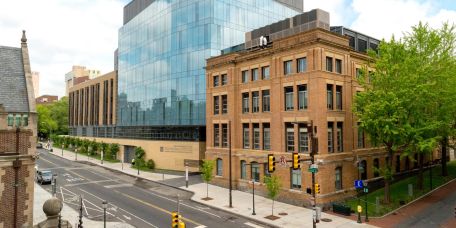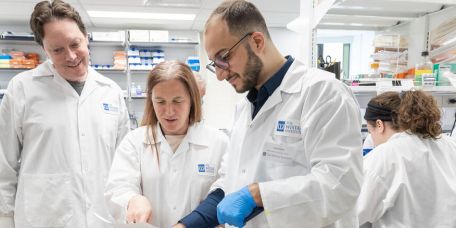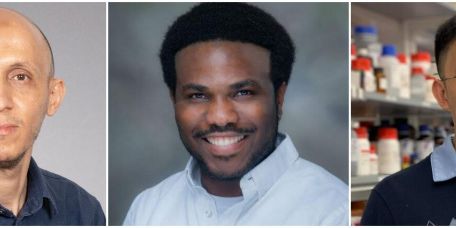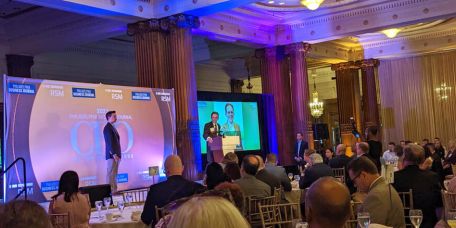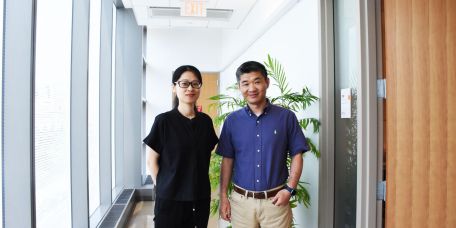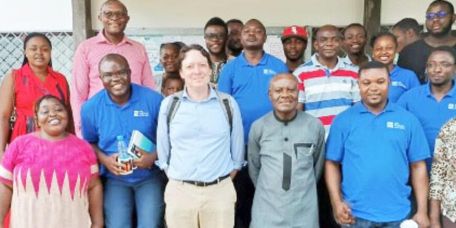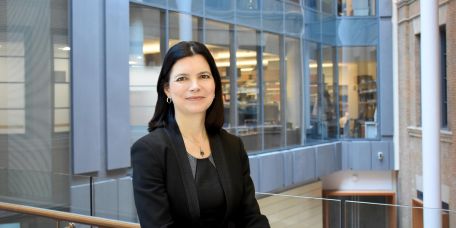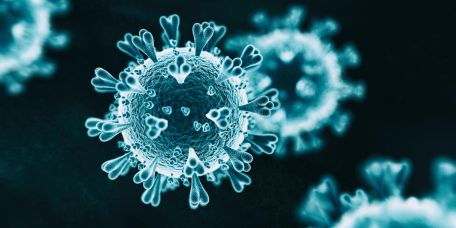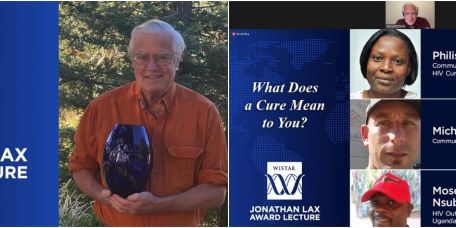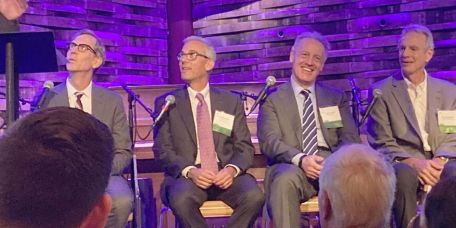The Wistar Institute
Wistar Receives Merit Extension from the National Cancer Institute
PHILADELPHIA — (August 2, 2022) — The National Cancer Institute (NCI) has granted a Merit Extension Award to The Wistar Institute’s Ellen and Ronald Caplan Cancer Center totaling more than $5 million. The Institute is the first NCI-designated Basic…
Wistar Hosts Education Career Panel
Several panelists from varied backgrounds spoke to Wistar trainees about their current positions as education professionals for science departments and institutions. What was the moment you knew you wanted to teach? How do you balance research and e…
Wistar Celebrates Promising Scientists at 2022 Ching Jer Chern Memorial Award Ceremony
On June 15, Wistar hosted a hybrid event naming this year’s Ching Jer Chern Memorial Postdoctoral Fellow and bestowing the Ching Jer Chern Memorial Awards, honoring the commitment of the Chern family to advancing scientific careers. The ceremony was…
Wistar’s Joseph Trainor is a 2022 CFO of the Year Honoree by the Philadelphia Business Journal
The Crystal Tearoom at the Wanamaker Building was an elegant backdrop for the Philadelphia Business Journal’s 2022 CFO of the Year Awards. Wistar Institute Chief Financial Officer (CFO) Joseph Trainor, CPA, was celebrated among top honorees represen…
Wistar Scientists Reveal New Function of Enzyme ADAR1 Linking it to Age-Related Diseases via a Role Independent of RNA-editing During Aging
PHILADELPHIA — (July 18, 2022) — Aging and age-related disorders pose a complex challenge to the biomedical research community. To better understand how senescence is regulated is of high significance to promote healthy aging and treat age-associate…
The Wistar Institute Collaborates with University of Buea in Cameroon to Expand Antiviral and Drug Discovery
Dr. Ian Tietjen, Research Assistant Professor in the Montaner Lab, recently returned from Cameroon where he is collaborating with scientists who are developing a new drug discovery research facility that will study medicinal plants, natural product…
The Wistar Institute Names Gelvina Rodriguez Stevenson, Esq. as Vice President, General Counsel, Secretary and Government Relations
PHILADELPHIA — (July 13, 2022) — The Wistar Institute, an international biomedical research leader in cancer, immunology, and infectious diseases, is pleased to announce the appointment of Gelvina Rodriguez Stevenson, Esq., as vice president, genera…
Collaboration Advances DNA-delivered Antibodies to Prevent COVID-19
PHILADELPHIA — (July 7, 2022) — Under a Defense Advanced Research Projects Agency (DARPA) and Joint Program Executive Office for Chemical, Biological, Radiological and Nuclear Defense (JPEO-CBRND) funded program, a novel COVID-19 antibody delivery a…
Global Voices for HIV Advocacy and Cure Research Come Together at Wistar’s 26th Annual Jonathan Lax Lecture
This year, The Wistar Institute hosted the Annual Jonathan Lax Memorial Award Lecture virtually, bringing together HIV scientists and activists on a global stage. Celebrating 26 years of continuous HIV research collaboration, the event was streamed…
Taking on Cancer
Philadelphia Business Journal senior health reporter John George hosted Taking on Cancer, a two-panel discussion that kicked off with perspectives from local research leaders at the helm of world-class research institutes and health care systems. It…
